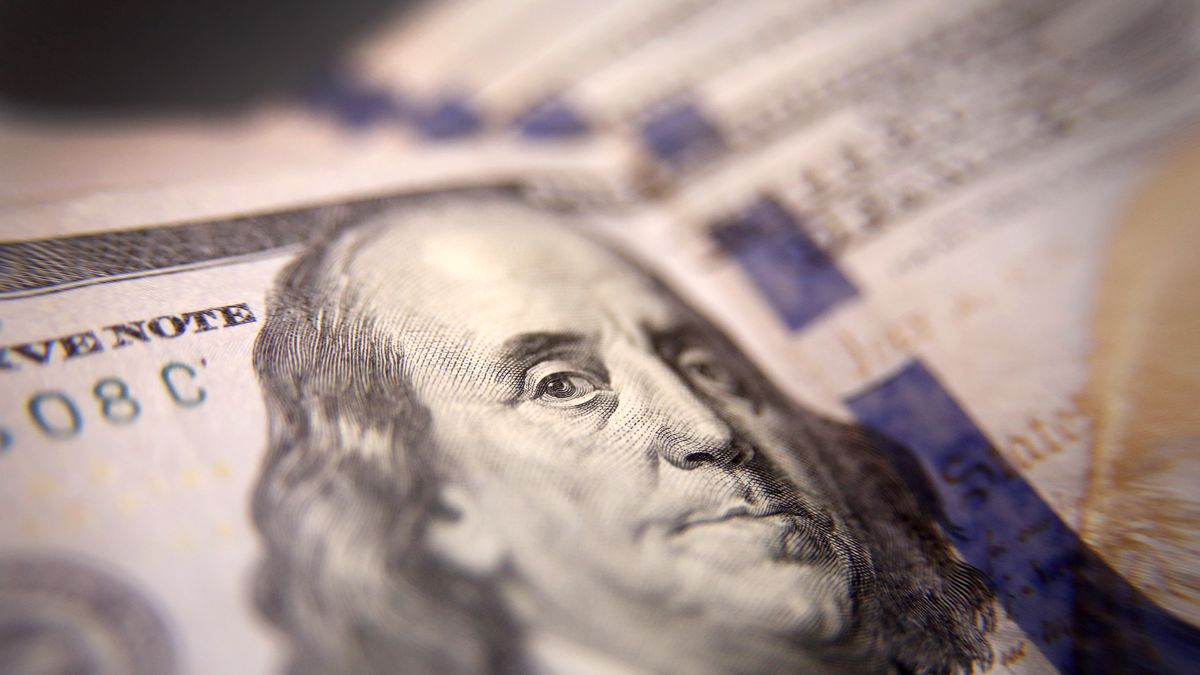In the midst of various transcended regarding a new “soybean dollar” (in favor of agriculture) that contributes to accelerating liquidations, and pressured by the need for pesos at the beginning of the month, the parallel ticket sank $5 on Thursday. Thus, throughout the week it dropped $7, the biggest fall in this period since the end of July.
Indeed, the gap with the official wholesale exchange rate was reduced to 105%, the lowest level since the beginning of July.
Let us remember that this spread had climbed to 160% on July 22, its record in 40 years, when the parallel closed at $338, its nominal maximum at closing (that day it reached $350, an intraday nominal record).
Blue dollar price in August
During August, the blue dollar fell $6 (-2%) after ending July at $296. Let us remember that in the seventh month of the year, the parallel dollar it had climbed $58 (+24.4%), which represents its biggest monthly advance in the year so far.
Previously, it had increased $31 (+15%) in June, after rising $6.50 (3.2%) in May.
The parallel dollar rose 50 cents in April, and lost $11 in March, its worst performance in 14 months. Last February, it fell $6.50 (-3%), after rising $5 or 2.4% in January.
Price of the blue dollar in the year
So far this year, the informal dollar advances $77 after closing 2021 at $208.
During the past year, the Dolar blue registered an increase of 25.3% ($42), half of the inflation rate for the period (50.9%). However, it is worth remembering that in 2020 it had shown a sharp jump of 111% (compared to 36% inflation).
What is the blue dollar?
The value of Dolar blue It has a substantial difference with the official dollar, which is acquired in banks and has an established price. Its sale is in the informal market, without regulations or limits, and for this reason it is generally operated at a value greater than the official dollar.
Why is it called the blue dollar?
It is not clear the origin of Dolar blue as a denomination for the operation of the ticket in the informal market. But there are theories.
An explanation of its name indicates that it is so called because in English, “blue”, in addition to naming the color blue, refers to something “dark”.
Another theory relates it to purchase operations through bonds or shares of companies known as “blue chips”. They also link it to the approximate color that appears when a fibron is applied to detect counterfeit bills.
More news about the Dollar and the Blue Dollar
On the first day of September, the blue dollar fell almost the same as throughout August
Financial dollar fell more than $4 and pierced $290: gap at 2-month lows
Savings dollar: AFIP begins to return Profits from purchases in 2021
Source: Ambito
David William is a talented author who has made a name for himself in the world of writing. He is a professional author who writes on a wide range of topics, from general interest to opinion news. David is currently working as a writer at 24 hours worlds where he brings his unique perspective and in-depth research to his articles, making them both informative and engaging.




